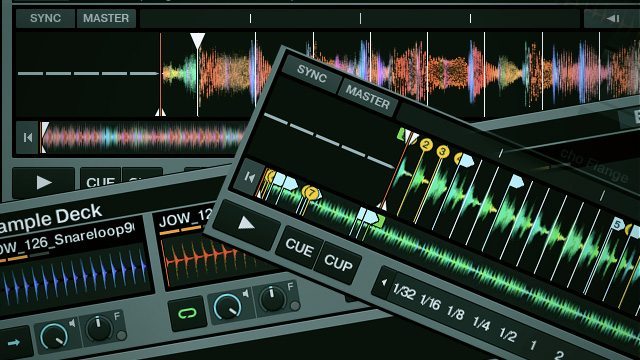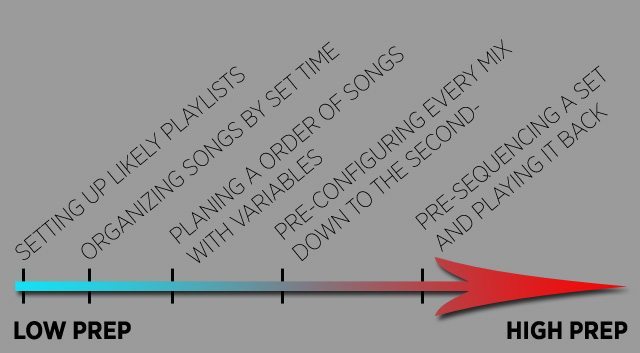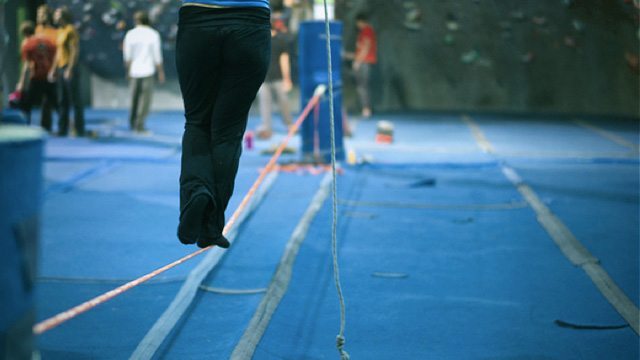Several people have asked me an important question in the past month. “How do you plan your DJ sets? Is planning my DJ sets cheating?” There’s a spectrum of DJ preparation that ranges from total improvisation in the moment to completely pre-defined and recorded sets. Most of you probably sit somewhere in the middle. Today we address the question: is planning cheating, and if not- how can I do it effectively?
We all know the magic moments when everything comes together perfectly. The crowd, the songs, and the moment all synchronize to create an unexpected result that gives everyone shivers. These are the moments that DJs chase after. But how many of them organically occur in a night? Not that many. Would it be better to engineer great moments and plan incredible mixes in advance or does that strip the moments of their unexpected charm?
With so many other grey areas in digital DJing, it’s really hard to say what is a technology shortcut and a quality compromise. Instead of offering a yes or no answer, I would ask you:
Will planning the set cheat you or your audience out of a magic night?
If solid preparation is creating amazing results, then who cares how you get there? If your sets feel flat and don’t connect with the crowd – that’s a sure sign you need to improvise more.
SAY HELLO TO THE CROWD
Conditions on the dance floor change from night to night and from minute to minute, so coming into a set with a fully planned and rehearsed set could be a hit or a total flop. Without “reading” the crowd and responding to their needs in the moment, some DJs will quickly lose their attention or at worst, clear the dance floor. We’ve all heard tales of DJs with a particular set or sound that just didn’t fit the venue, who refused to adapt and the room emptied. That word, adaption, is key. I believe a truly great DJ must have deep range, and be able to adapt to the room and the crowd that is present in the moment.
COMPLICATIONS

Especially with digital DJ technology and the advancement of controllerism, a DJ’s set has begun to become significantly more complex than in the past. With 3-4 songs, loops, and specific effects, sometimes a live remix is just too complicated to pull off perfectly when left up to chance. Many of my personal routines, like the Funk Phenomenon, are basically impossible from a technical standpoint to set up on the fly. For this reason, it may be necessary to do some planning and organization of your sets – the question is how much?

Here’s some more detail of the range of “planning” that a DJ could engage in, from least to most prep work.
Preparing Playlists
- Mode: pre-grouping buckets of music that fit together or are in a similar style. A common grouping is where they should be used in a set: early, mid, peak, and closeout tracks.
- Verdict? For almost anyone, this is a crucial stage of prep in the digital age with so much music at your finger tips.
Organize Songs By Set Time
- Mode: Creating a single playlist ordered roughly by their place in the night. For example, ten songs most likely to fit well in the intro and the last ten being your favorite closers for that night.
- Verdict? This is good way to stay flexible, and takes the guess work out of finding good tracks in a pinch.
Order Of Songs With Variables
- Mode: Creating a sequence of tracks: “Track A goes well after track B and then for sure track C” but giving yourself options. Track D could also go well after B if the crowd is feeling an underground vibe.
- Verdict: With only a few optional paths, this method is fairly focused on one mix for the night with some flexibility for the crowd built in. I would go with this modality if you want a polished sound with crowd options.
Planning Every Mix, Down To The Second
- Mode: This means knowing not only what tracks you are going to play, but exactly where they will sound best. Everything is tightly planned, rehearsed and leaves zero room for error.
- Verdict: For DJs that absolutely must sound perfect because their career depends on it, or for those who are performing complicated turntabilism or controllerism routines, sometimes this is a must.
Pre-Sequencing A Set And Playing It Back
Some detractors from the previous option might say; “Hey , why not just do your set in Ableton Live then and play it back?!” What is the point of doing the mixes live? Some big time DJs agree (we won’t mention names!), and have been known to pre-sequence sets, creating perfect mixes of their latest tracks in the DAW before hitting the stage.
- Verdict: If you need to focus on your stage appearance and fist pumping without worrying about hitting play – this might be an option for you.
- Where It Works: If you’re more of a performer or instrumentalist who will be soloing and jamming over a continuous pre-planned mix.
MY SUGGESTION? THE BALANCING ACT

- Mode: Arranging sets of mixes and playing them when appropriate
- Verdict: A clean way to plan great moments and play them when the crowd is ready.
I’ve played on many ends of this spectrum and, at least for myself, come to a happy balance that works for my style of music. Instead of sequencing a full one hour mix, I work on short vignettes based around a big song that might total three to five deep. These can be dropped when the moment is right without sounding contrived. As you can see below – there is common name in the comments group these mixes together.

In this (somewhat crazy) example, I play these four songs in order with several options for other tracks. I drop into drum and bass for two songs and if it works then I might keep it going – and if not – there’s a clean exit back into house.
In the following video, Will-I-Am explains how he does a similar thing.
Where does your set preparation fall on our scale? Do think you need more preparation, or should you start improvising more? Discuss in the comments!





